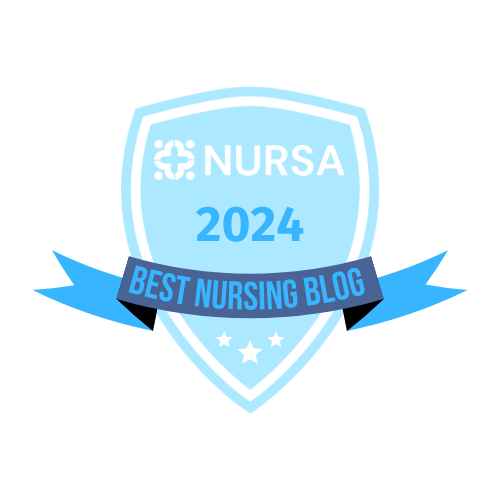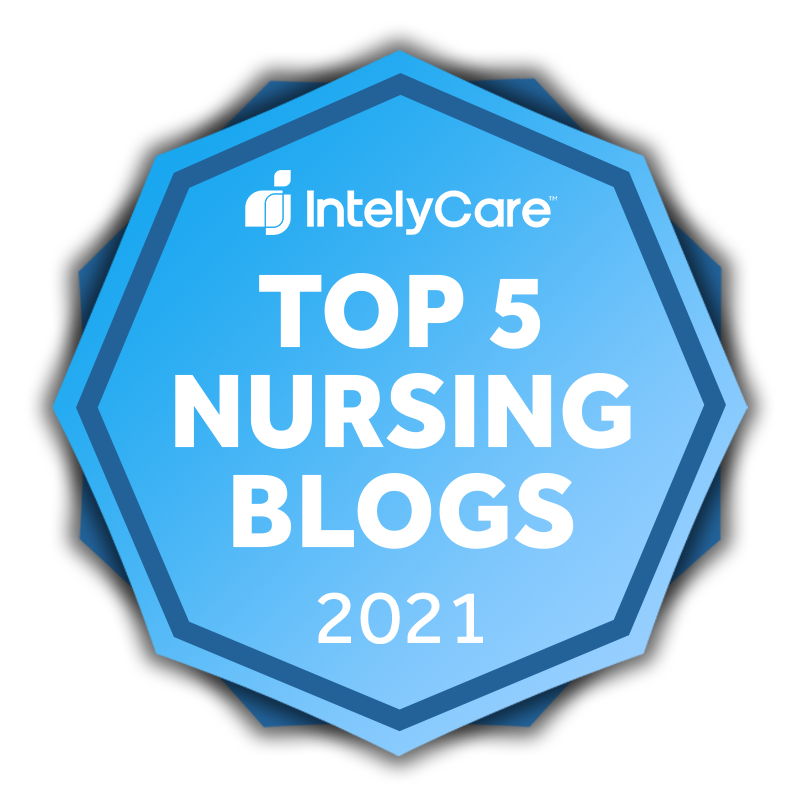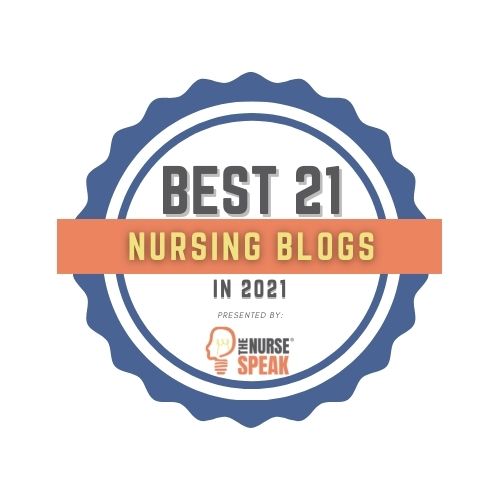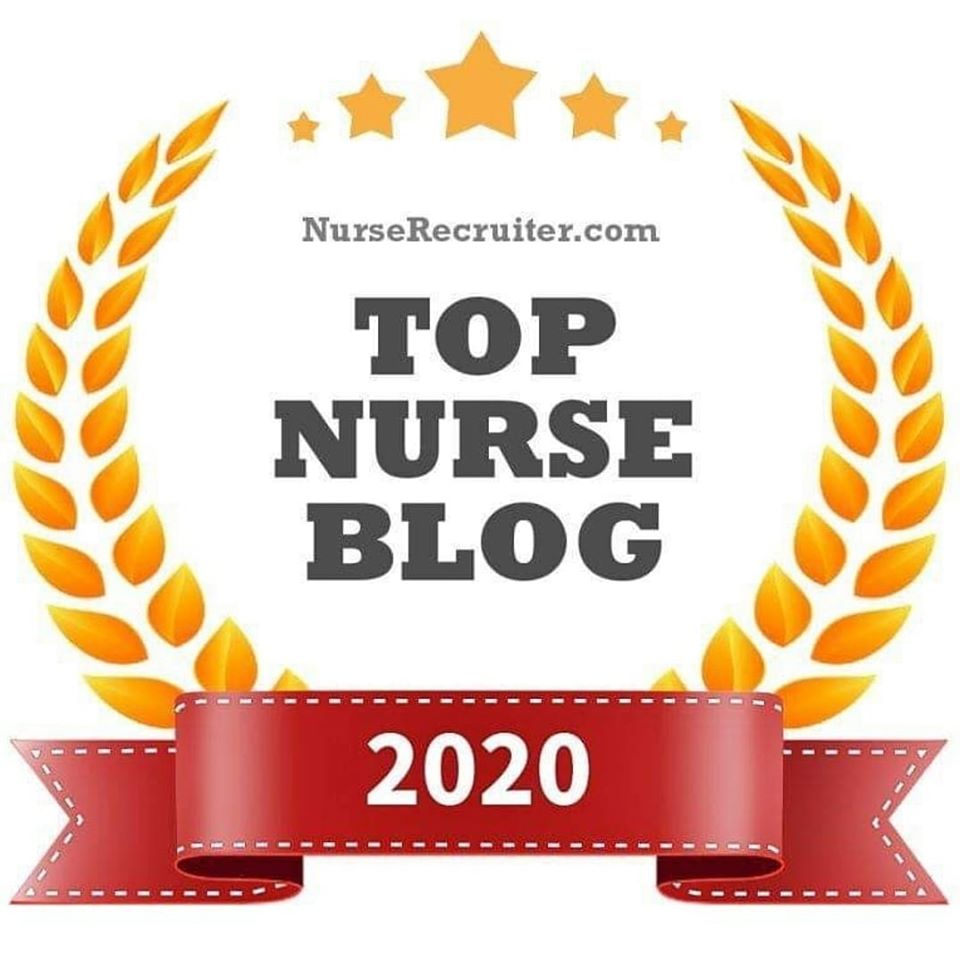Effective interprofessional collaboration – also known as interdisciplinary collaboration, is an essential component in the delivery of comprehensive, safe and therapeutic patient care. In today’s healthcare marketplace, stressors such as heavy patient loads, increasing demands on nurses and other direct care providers, and system-wide financial strain can lead to a wide variety of miscommunications and tensions among members of the healthcare team. As a result, a focus on enhancing interprofessional collaboration is much needed to help minimize undesirable events, and improve teamwork, communication, and most importantly – improve patient outcomes.
Identifying Common Collaboration Challenges
Major factors that affect collaboration include communication, respect and trust, unequal power, understanding professional roles, and task prioritizing. Let’s take a look at how each one of these factors plays an integral role in the effectiveness of collaboration:
Communication
Let’s face it, our entire healthcare system is built upon the ability to communicate patients’ needs to the appropriate services and providers. In a system that is already overwhelming, breaks in communication happen often. From in-person communication to telecommunications, there are lots of opportunities for miscommunication to occur between members of the interprofessional team. The bottom line is that when communication is ineffective, the interprofessional team does not work together in harmony, thus collaboration efforts become compromised. Nurses advocate for enhanced communication that focuses on streamlining communication practices, such as implementing clinical rounds, safety huddles, staff meetings, and documentation/reporting systems that are compatible with essential electronic data management systems.
Respect and Trust
There’s been a long-running issue with mutual respect and trust between the different healthcare providers. According to a recent study, nurses report that some physicians are unwilling to listen to their inputs regarding patient care. Whether the physician has valid reasons for not acknowledging the nurses’ input or not, this is often perceived as disrespectful. Naturally when someone feels disrespected by a person or group of people, then trust for that person(s) becomes diminished. This phenomenon occurs among all members of the interprofessional team, and is not unique to nursing alone. Nurses are helping to change this culture by role modeling respect and trust, while holding their peers accountable, thus setting an example for the rest of the interprofessional team.
Unequal Power and Autonomy
Power and autonomy disparities are often attributed to the different levels of education, status and prestige that is unique to each profession. Additionally, the influence of traditional stereotypes where nurses were often viewed as the handmaidens of physicians and should not question a doctor’s order also plays into this barrier to collaboration. Unfortunately, even in the year 2019, nurses are not regularly invited to the table to share their problem-solving skills, offer innovative solutions, or contribute in the decision making processes that ultimately affect them and the work environment around them. In response to this antiquated process, many nurses are empowering themselves with higher degrees and moving into positions of power where they are better suited for leveraging negotiations surrounding nursing practice.
Understanding Professional Roles
It is not uncommon for healthcare professionals to have a vague understanding of the roles and responsibilities of other healthcare professionals. For example, nurses understand what a physical therapist does for their patients, however, they do not understand the intricate details of the assessments, tools, billing and documentation that physical therapists complete throughout the day. If healthcare professionals knew more about the specific roles and responsibilities of each of their team members, then collaborative efforts would come much easier. In an effort to better understand individual roles and responsibilities of each member of the interdisciplinary team, nurses have been including each discipline in new employee orientations and educational in-services.This provides a great opportunity for staff to learn more about the diverse roles and responsibilities of each member of the healthcare team.
Task Prioritizing
One of the biggest challenges with effective collaboration is task prioritizing. One example that appears a lot in research is nursing’s lack of attendance and participation in interdisciplinary rounds. From nursing’s perspective, patient care does not cease during rounding and for that reason, many nurses have a difficult time pulling away from providing care long enough to participate in interprofessional collaboration. Similarly, doctors often demonstrate a sense of “urgency” and “lack of time”when communicating with nurses. As a result, nurses feel that providers are “bothered or uninterested” in what we have to say. In both examples, task prioritizing is misunderstood among healthcare team members, and provides a major barrier to collaborative efforts. Charge nurses, nurse educators, managers and supervisors help to decrease these task prioritizing misunderstandings by facilitating safety huddles, clinical rounds, and assisting the team during urgent patient matters.
Negative Impacts of Inadequate Interprofessional Collaboration Efforts
Whether interprofessional collaboration efforts are interrupted by poor communication or misunderstandings of roles and responsibilities, patient safety becomes compromised. Breaks in communication, decreased respect and trust, unequal power and autonomy, not understanding professional roles, and interdisciplinary task prioritizing conflicts are all contributing factors to decreased patient safety practices. When patient safety practices, such as initiating the high falls risk protocol, or interviewing the patient for allergies, are not completed for any or all of the above reasons, poor patient outcomes are soon to follow.
According to Gobis, Yu & Reardon (2018), patients always suffer the consequences of ineffective interprofessional collaboration. For example, when doctors do not include the nurse in care planning, or spend a limited amount of time explaining findings and expectations to their patients, it can lead to nonadherence and distrust in the doctor’s ability to manage their care. Medication and care plan nonadherence is an important public health consideration, which affects health outcomes and overall healthcare costs. If collaborative efforts among all members of the healthcare team are suboptimal at any point, the patient may not receive the care that they need.
Although decreased job satisfaction may be common among all members of the healthcare team due to high levels of stress caused by ineffective interprofessional collaboration efforts, nurses are among the most dissatisfied. According to the 2018 National Health Care Retention & RN Staffing Report, the current United States nurse turnover rate is 16.8% and is projected to increase over the next decade. Evidence suggests that increased nurse turnover directly impacts decreased patient access, patient safety and quality of care which ultimately leads to adverse patient outcomes. If interprofessional collaboration efforts do not improve across all care settings, turnover rates will create catastrophic disparities for our patients and our communities.
Current Initiatives to Improve Interprofessional Collaboration, Communication and Streamlined Care Practices
There are a lot of recommendations that current researchers are making to improve upon interprofessional collaboration efforts. Let’s take a look at the top five recommendations:
Improving Communication Practices
Effective communication is key. One of the best ways to enhance communication is by streamlining communication processes to reduce the amount of hand-off. Hand-off can be defined as “an exchange of information from one source to another, or from one person to another.” One of the ways that healthcare facilities addressed this issue many years ago was by eliminating the 8-hour shift option and implementing 12-hour nursing shifts. Not only did the hospitals save money by having one less shift to staff, but they also improved hand-off communication among nurses. Much like the game telephone, when messages are passed from person to person without streamlined efforts to help keep messages clear and accurate, some of the information may get missed, or misunderstood. Additionally, implementation of standardized hand-off reporting tools have also improved communication between shifts. The use of standardized hand-off reporting tools among doctors, nurses, and other members of the interprofessional healthcare team improves communication and decreases miscommunications regarding patient needs and care that is required. Research suggests that healthcare facilities invest in communication streamlining products and processes that will help to enhance interprofessional collaboration. Nurses should always be at the decision making table when it comes to investing in communication streamlining products and processes.
Increasing Mutual Respect and Trust Among All Members of the Healthcare Team
Mutual respect and trust among all members of the healthcare team is essential to effective collaborative efforts. Professionalism, collegiality and accountability are some of the suggested concepts to be considered. In addition, having a shared understanding of specific roles and responsibilities across the healthcare team also helps to improve trust and accountability. When roles and responsibilities are clearly defined, all members of the healthcare team can effectively work together in anticipating the needs of their patients.
Creating a Culture that Supports Equal Power and Autonomy
When members of the interprofessional team support one another by recognizing each member’s unique skill set, strengths, and individual contributions to safe and effective patient care, this helps to build a culture of equal power and autonomy over each specific profession. For instance, when doctors understand that nurses work towards upholding patient safety standards at all times, regardless of time, financial, or other organizational constraints, they are able to better support nurses in achieving this goal. By allowing each healthcare professional to have autonomy over their contributions and skills sets in the delivery and coordination of patient care, collaborative efforts improve. Rather than hospital administrators making decisions over patient care processes and unit flow, each interdisciplinary profession should have an equal voice in making these decisions and doing their part in making the magic of teamwork happen.
Incorporating More Resource Personnel to help Cover Patient Needs During Interprofessional Collaboration – such as during Care Plan Meetings and Clinical Rounds
One of the biggest challenges in establishing effective interprofessional collaboration efforts has been “lack of time and resource personnel” (Reeves, Xyrichis & Zwarenstein, 2017). Many nurses report that making interprofessional rounds is difficult when there are patient needs that need to be addressed. One recommendation to help alleviate this barrier to effective collaboration would be to establish “coverage” while the healthcare professional is removed from their patient care and coordination tasks so that they can spend quality time focusing on collaborative efforts. Much like nurses rely on the charge nurse, or another staff nurse to cover their patients while they take a break, members of the interprofessional team can have their colleagues cover their pages, phone calls, and patient care needs while they are participating in interprofessional collaborative activities such as clinical rounds.
Holding Nurse Leaders and Healthcare Facility Administration Accountable
It is important that we communicate our needs to nurse leaders and facility administration when moving towards establishing effective interprofessional collaboration. If administrators are not provided with this essential information, then we cannot hold them accountable for meeting our needs. One way to ensure that your nursing leadership, as well as facility administrators, are receiving the message is by submitting your communications via company email. Communication via email creates a permanent and traceable communication log that is helpful in tracking a discussion, thus reducing the likelihood of the receiver “forgetting” about the conversation.
In addition to email communications, scheduled meetings with a recorder – someone who types up summaries of meeting topics, discussion and outcomes, is also a helpful method to bring forth necessary change within facilities. Advocating for scheduled meetings, shared governance, and leadership accountability are great ways to ensure that your voice and ideas for improving interprofessional collaboration efforts are being heard. Begin by asking for an opportunity to meet with your nursing leadership so that you can have a detailed discussion. Be sure to always send a follow-up email that summarizes the discussion you had, and the expectations established. This will create an agreement in writing that will help to hold everyone accountable for doing their part in enhancing interprofessional collaboration.
Do you have any tips, recommendations, or strategies to help improve interprofessional collaboration in your healthcare workplace? Have you participated in a committee that focuses on improving interdisciplinary collaboration? If so, please contribute to this discussion by leaving your thoughts in the comments section below!
Best Wishes,
-Damion

References
2018 National Health Care Retention & RN Staffing Report. (n.d.). Retrieved from Source
Gobis, B., Yu, A., Reardon, J., Nystrom, M., Grindrod, K., & Mccarthy, L. (2018). Prioritizing intraprofessional collaboration for optimal patient care: A call to action. Canadian Pharmacists Journal / Revue Des Pharmaciens Du Canada, 151(3), 170-175. doi:10.1177/1715163518765879
Reeves, S., Perlone, F., Harrison, R., Goldman, J., & Zwarenstein, M. (2017, June 22). Interprofessional collaboration to improve professional practice and healthcare outcomes. Retrieved July 6, 2018, from http://cochranelibrary-wiley.com/doi/10.1002/14651858.CD












